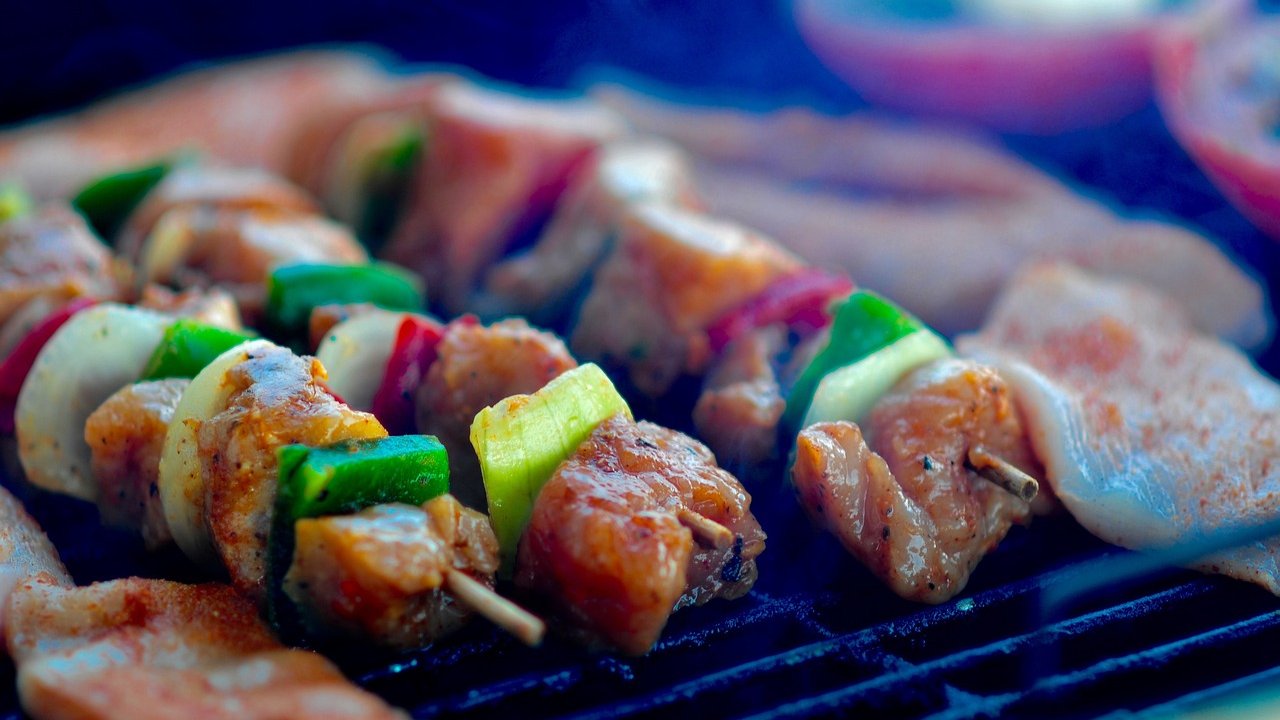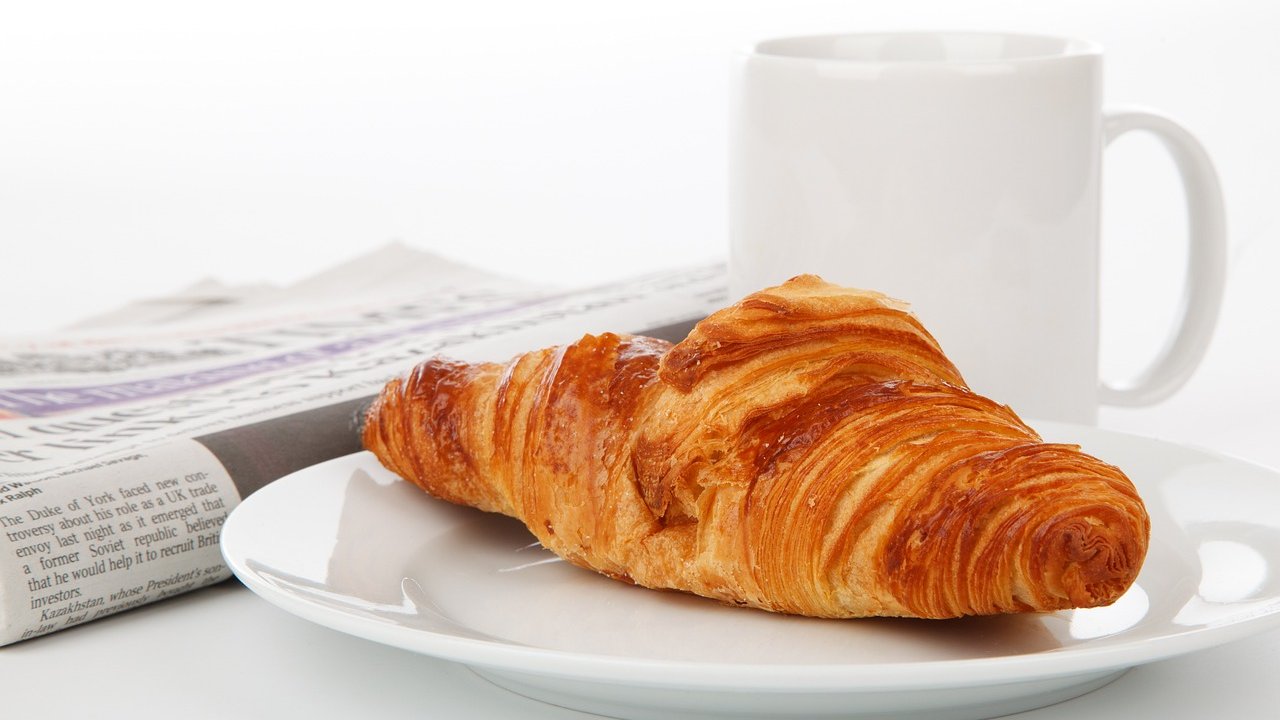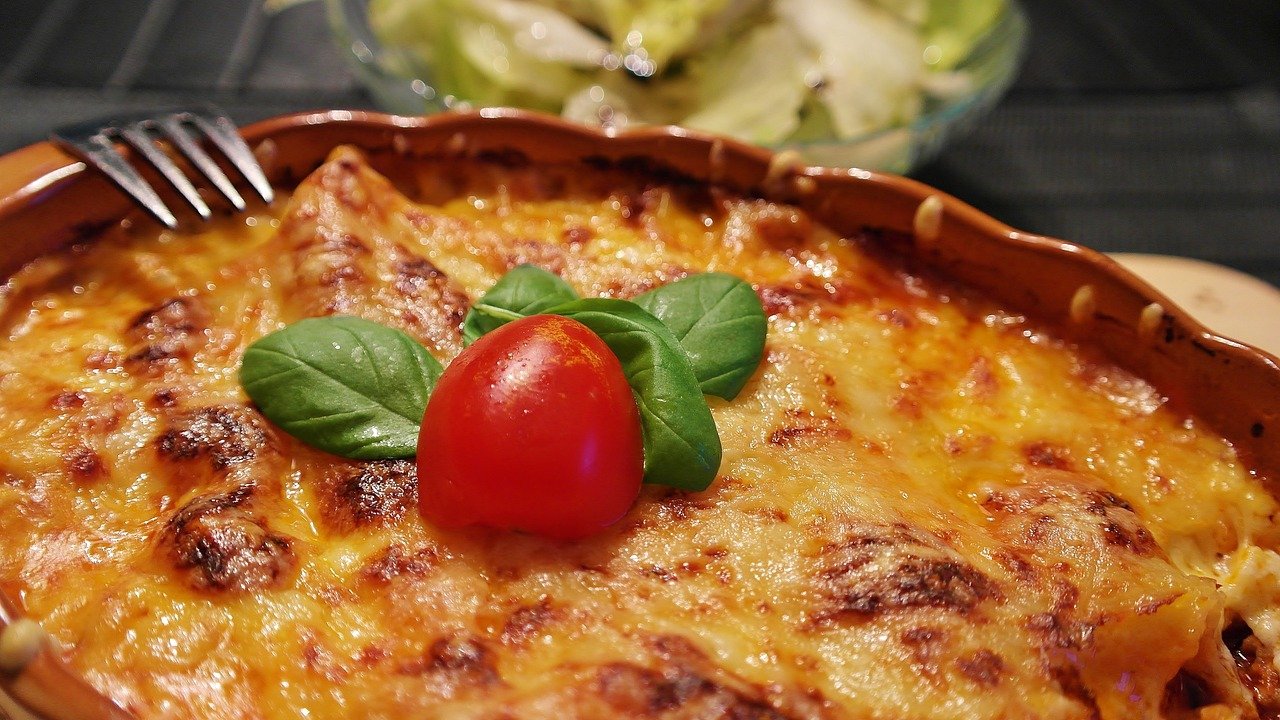
Nothing compares to the aroma of freshly baked bread wafting through your kitchen. But baking bread, especially for beginners, can be a tricky process, and mistakes are easy to make. In this guide, we will focus on the 3 crucial mistakes to avoid when baking bread to help you achieve that perfect loaf every time.
Mistake 1: Using the wrong type of yeast
One of the most common baking mistakes people make is using the wrong type of yeast, or using yeast that's no longer active. It's crucial to understand that different types of yeast work differently, and using the wrong one can hinder your bread's ability to rise properly.
You have mainly three types of yeast: active dry yeast, instant yeast, and fresh yeast. Each one varies in potency and requires different usage and activation methods. Make sure to check the recipe to see which type it calls for and adjust accordingly if substituting. Always proof your yeast to ensure it's active, especially if it's been stored for a while.
Mistake 2: Not considering the environment
Another common mistake is overlooking the importance of the baking environment. Bread baking is a delicate art that can be strongly influenced by temperature and humidity.
To create a conducive environment, consider these factors:
- Temperature: Warmer temperatures accelerate yeast activity, while colder temperatures slow it down. Keep your dough in a consistently warm place for optimal rising.
- Humidity: Dough can dry out in low humidity, which can lead to a dense loaf. Cover your dough while it's rising to retain moisture.
Mistake 3: Rushing the process
Baking bread is not a task that can be rushed, and impatience can lead to disastrous results. One key factor in how your bread turns out is how long you let it rise or 'proof'. Under-proofing can lead to dense bread, while over-proofing can cause the bread to collapse during baking.
Here's how to get the proofing time right:
- First proof: After the dough is mixed and kneaded, it should be left to rise until it doubles in size. This could take anywhere from 1 to 2 hours depending on the dough and room temperature.
- Second proof: After shaping the dough into a loaf, let it rise again. This second rise, or 'proof', gives the bread its final shape and size. It usually takes less time than the first proof, about 30 minutes to 1 hour.
Remember, the secret to successful bread baking lies in understanding and controlling these factors. By avoiding these common bread making mistakes, you can bake bread at home that rivals any artisan bakery.
A quick recap
To help you remember these important tips, here's a summary table:
Becoming proficient at baking bread takes practice, patience, and a keen eye for detail. But with these crucial tips in mind, you'll be well on your way to mastering this rewarding culinary art.











